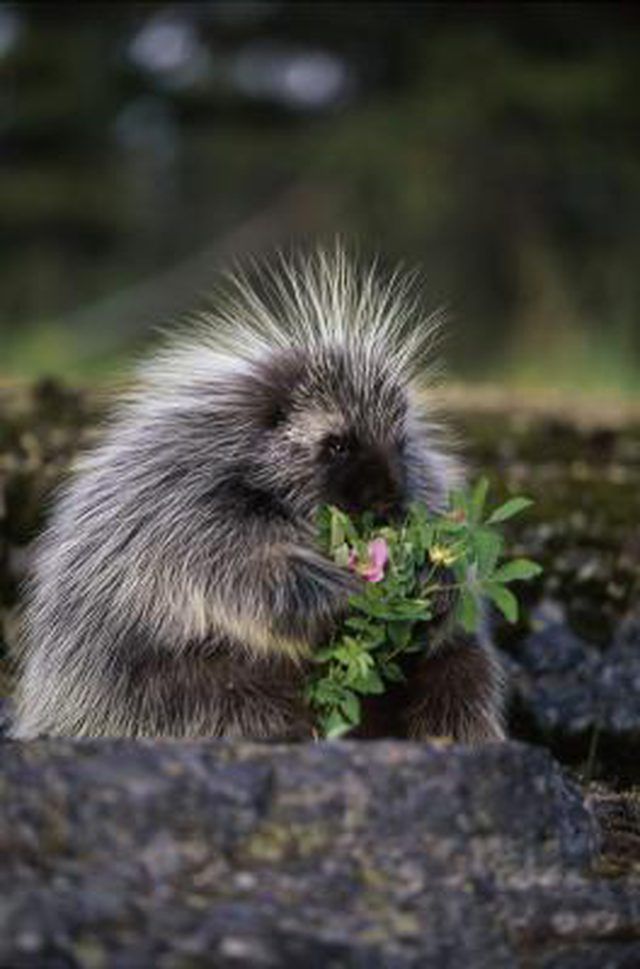Bulbs
Flower Basics
Flower Beds & Specialty Gardens
Flower Garden
Garden Furniture
Garden Gnomes
Garden Seeds
Garden Sheds
Garden Statues
Garden Tools & Supplies
Gardening Basics
Green & Organic
Groundcovers & Vines
Growing Annuals
Growing Basil
Growing Beans
Growing Berries
Growing Blueberries
Growing Cactus
Growing Corn
Growing Cotton
Growing Edibles
Growing Flowers
Growing Garlic
Growing Grapes
Growing Grass
Growing Herbs
Growing Jasmine
Growing Mint
Growing Mushrooms
Orchids
Growing Peanuts
Growing Perennials
Growing Plants
Growing Rosemary
Growing Roses
Growing Strawberries
Growing Sunflowers
Growing Thyme
Growing Tomatoes
Growing Tulips
Growing Vegetables
Herb Basics
Herb Garden
Indoor Growing
Landscaping Basics
Landscaping Patios
Landscaping Plants
Landscaping Shrubs
Landscaping Trees
Landscaping Walks & Pathways
Lawn Basics
Lawn Maintenance
Lawn Mowers
Lawn Ornaments
Lawn Planting
Lawn Tools
Outdoor Growing
Overall Landscape Planning
Pests, Weeds & Problems
Plant Basics
Rock Garden
Rose Garden
Shrubs
Soil
Specialty Gardens
Trees
Vegetable Garden
Yard Maintenance
How to Get Rid of Porcupines
How to Get Rid of Porcupines. Asking politely hardly ever works with a porcupine; they tend to be prickly about such things. These North American natives are in fact peaceful creatures and strict vegetarians, chowing down green shoots, fruits and even tree bark. Their appetite for plants explains why they may not make a gardener's list of favorite...

Asking politely hardly ever works with a porcupine; they tend to be prickly about such things. These North American natives are in fact peaceful creatures and strict vegetarians, chowing down green shoots, fruits and even tree bark. Their appetite for plants explains why they may not make a gardener's list of favorite animal visitors.
Meet the Gentle Porcupine
Porcupines don't see very well, and that makes them one of the world's most watchable wild critters. You can get very close to one of these slow-moving creatures without frightening it away. They are gentle and solitary, spending days out of sight in a tree hollow, and descending at night to eat. In fact, you may make a porcupine's acquaintance only when Fido comes in with a mouthful of quills. But don't believe the myth about porcupines throwing quills; they simply brandish their tails to frighten away or repel predators.
Voracious Vegetarians
Porcupines eat only plants, and this seems perfectly acceptable unless the plants come from your garden. These animals can survive on tree bark to make it through a long winter, but they much prefer tender greens, veggies and fruit. Particular favorites are summer berries. Once a porcupine discovers your garden, it might make itself a nuisance. Porcupine repellants are available, but they can be harmful to humans and pets if ingested. Your best bet is to remove or protect the food source. If it's cat or dog food, simply take it in the house and you likely won't see the spiny creature again. If it's garden plants or young trees, the situation is more difficult.
Good Fences Make Good Neighbors
If you've had it up to there with porcupines rooting about in your precious garden, fencing is a good place to begin to fight back. But remember that porcupines have curved claws and thick foot pads that make them agile climbers. You'll have to build an outward-angled fence to stop them from coming into your yard, and sink it several feet below ground to prevent burrowing. Don't resort to electric fences since they hurt or even kill porcupines, and they can also pose problems for household pets and children.
Passing Through
If fencing doesn't work or seems too expensive, you can trap a porcupine and encourage it to move along. Live traps baited with fresh veggies generally prove successful, although the more courageous can simply tip over a garbage can, set it in front of a porcupine, and sweep the critter into the can with a shovel. Ask your state Fish and Game agency whether it will relocate the rodent for you, or where you should release it. Remember to be gentle; your nuisance porcupine might have a baby somewhere, known as a porcupette.